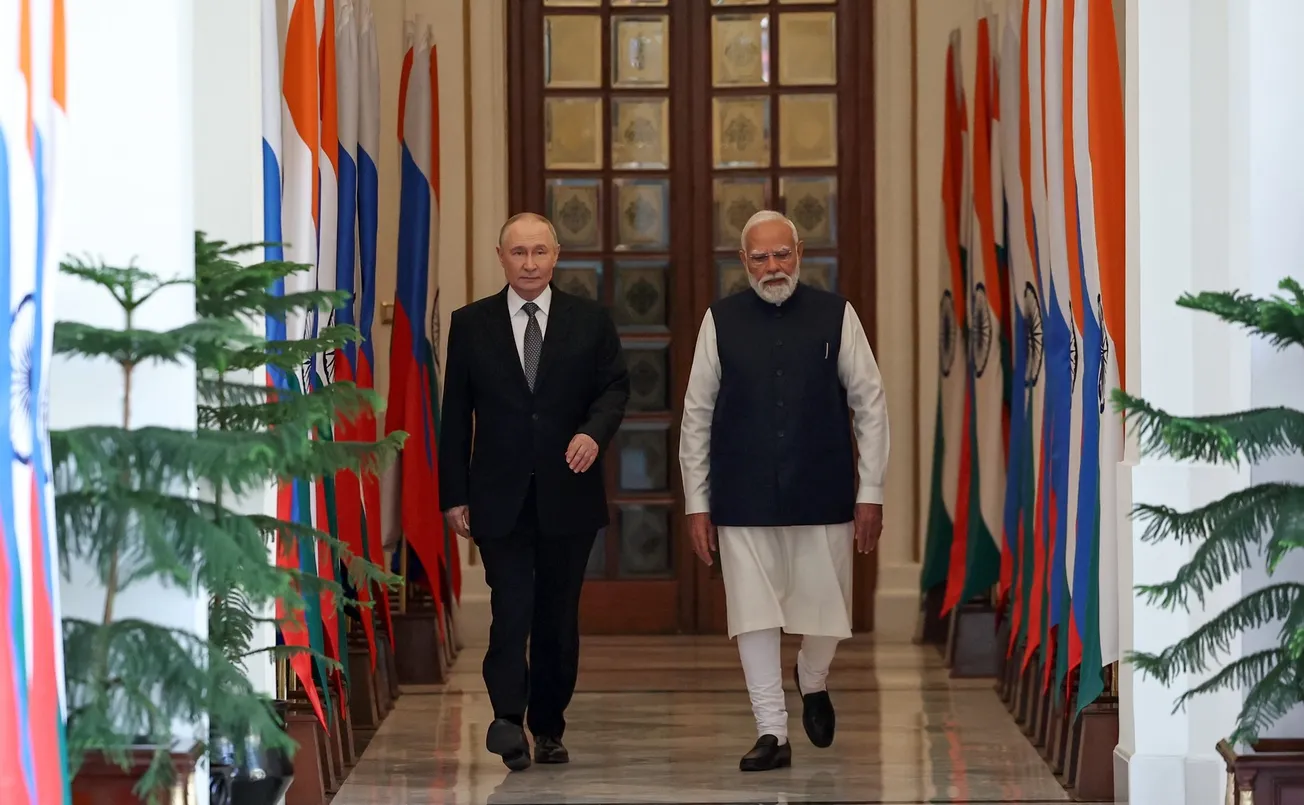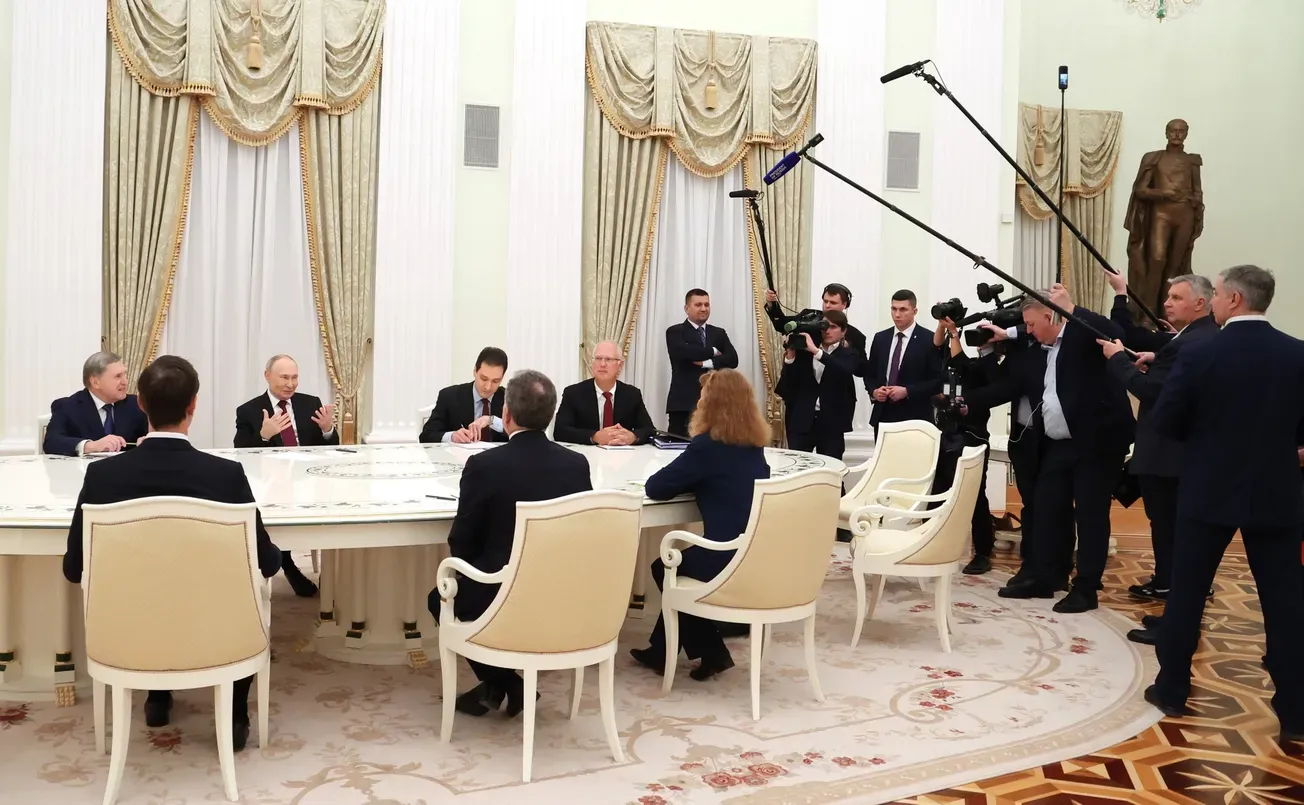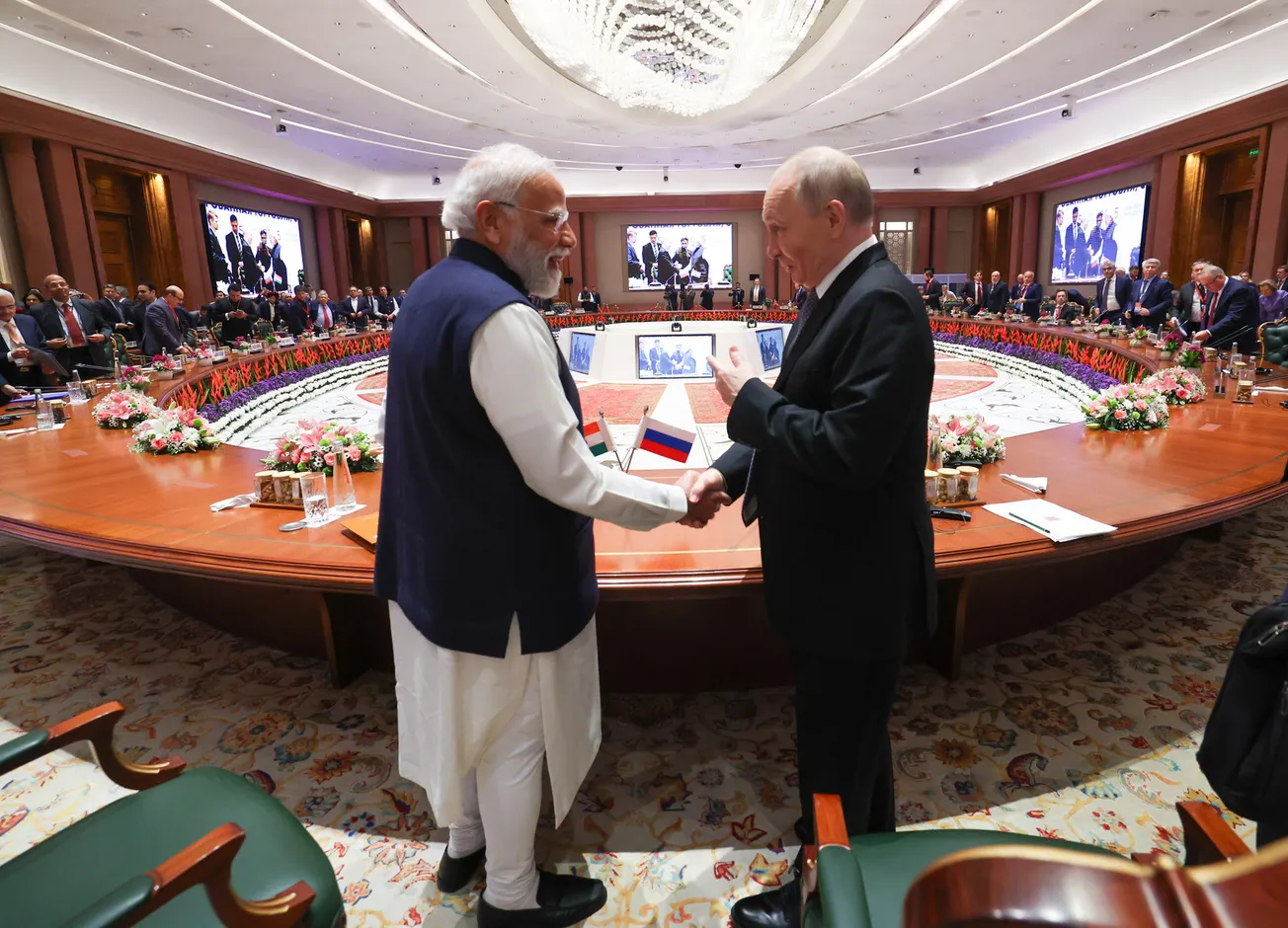The April 26 multi-national military conclave at the U.S. Ramstein Air Base in Germany, and its follow-on, go way beyond Global NATO. It is an outright Global Imperium of the self-annointed, “rules-based,” would-be rulers of the world. Hosted by U.S. Defense Secretary Lloyd Austin, for the nominal purpose of coordinating military arms to Ukraine against Russia, the attendees came from most of the 40 nations invited, including from Africa and Southwest Asia, in addition to NATO and non-NATO members from Europe. Such meetings are now to be held monthly, and a directorship was already set up in March, at the U.S. Army facilities in Stuttgart, called the ECCU—the European Control Center Ukraine.
Ramstein itself, long a logistics and drone deployment center, is now even more built-up. It occupies a 1,400-hectare (nearly 5.5-square-mile) area, serving as headquarters for the U.S. Air Forces in Europe, Africa, and the NATO Allied Command. There is a 4,400-bed medical center with in-depth trauma and surgical staff, for war-surge capacity. In Stuttgart, at the U.S. European Command headquarters, the ECCU staffing has been built up, with personnel from 15 nations.
Germany is an occupied nation. Today the Bundestag ratified the new decision that Germany will now send heavy arms to Ukraine, a commitment the German government had been refusing to take on. However, after fierce pressure on Chancellor Olaf Sholz, he acquiesced this week. Canada, too, announced this week, that it will now send heavy arms to Ukraine.
In the U.S., President Biden today announced a mega-commitment of weaponry, calling for a $33 billion (over five months) mega-package of support for Ukraine: $20 billion in military aid, $8.5 billion in economic backing, and $3 billion in humanitarian assistance.
UK Foreign Secretary Liz Truss put this entire military flight forward into words, “The Return of Geopolitics,"—the title of a speech she gave April 27 to the London Lord Mayor’s Easter banquet. Saying there must be a new “security architecture” to replace the United Nations, she gave a wild rant about such things as the necessity of a “network of liberty,” involving AUKUS—the Australia, UK, U.S. defense bloc, the Indo-Pacific QUAD (USA, Australia, Japan, and India,) and a G7 turned into an “economic NATO.” As for China, she said that those who say we should get along with the “rise of China,” are wrong in all respects. China’s rise is not inevitable!
Accompanying this week’s Ramstein military mobilization, is a hyper-propaganda stream to demonize Russia for hideous war crimes in Ukraine and at large. UN Secretary General Antonio Guterres went to Bucha today, in a high-publicity visit bemoaning war crimes, before meeting with President Zelenskyy in Kyiv.
President Putin addressed this entire spectrum of military and info-wars onslaught yesterday, warning: “Let me emphasize once again: if anyone intends to intervene from the outside and create a strategic threat to Russia that is unacceptable to us, they should know that our retaliatory strikes will be lightning-fast.” He spoke in a speech given in St. Petersburg to a Council of Lawmakers, on national parliamentary day.
This week’s escalation of confrontation marks a new degree of danger. It also makes all the more important, the Schiller Institutes’ role of furthering activation for dialogue and action towards a new architecture for peace and development.
There are new voices of sanity, however, breaking through the dunning for war. In Sweden and Finland, opposition to joining NATO is sounding. Today on Swedish radio, the leader of the Left Party said, ‘no,’ to joining NATO, raising the threat of nuclear showdown. She said there must be a referendum. In Italy, President Sergio Mattarella has called for a new Helsinki Conference, in the spirit of the original 1975 meeting to discuss common grounds for all-Europe peace and security.
Fools-Based Order
As evil as the military geopolitics is, the delusions about the economy are equally awful. The economies of the Trans-Atlantic are sinking under a “fools-based order.” Even the official government statistics out today report that the U.S. economy contracted by 1.4% over the 12 weeks from January-March, on an annualized basis of GDP. Striking growth occurred, however, in U.S. imports. Look at the physical collapse! U.S. railroads, for example, are so dysfunctional that they can no longer haul goods on schedule at all. Since 2016, 45,000 rail jobs have been cut, as well as locomotives, switching yards, etc., to temporarily prop up Wall Street shareholder values. As a consequence, for example, while there is fertilizer in central storage, it will not reach farmers in time for the current crop season.
In Europe, there is hysteria calling for cutting off fuel imports from Russia, despite the impact that will have in shutting down industry, agriculture, and all vital sectors. The EU is now debating a sixth round of sanctions against Russia, since the other five didn’t work, and an oil and gas embargo is among the proposals.
All the while, the world desperately needs measures to engage all possible and potential productivity for emergency production to meet the food crisis, pandemic health care needs, and much else.
The way out of this insanity is addressed by the ongoing international petition drive of the Schiller Institutes, and by the March 28 Schiller Institute policy proposal, “The LaRouche Plan for a New International Economic Architecture.” In particular, the principles involved will be discussed at an international youth dialogue on May 7, recognizing that, as the invitation states, “The world desperately needs the political and moral leadership of a new generation to chart a new course for humanity.” Get in touch. Stay in touch. Get active.
Petition:
Policy:







